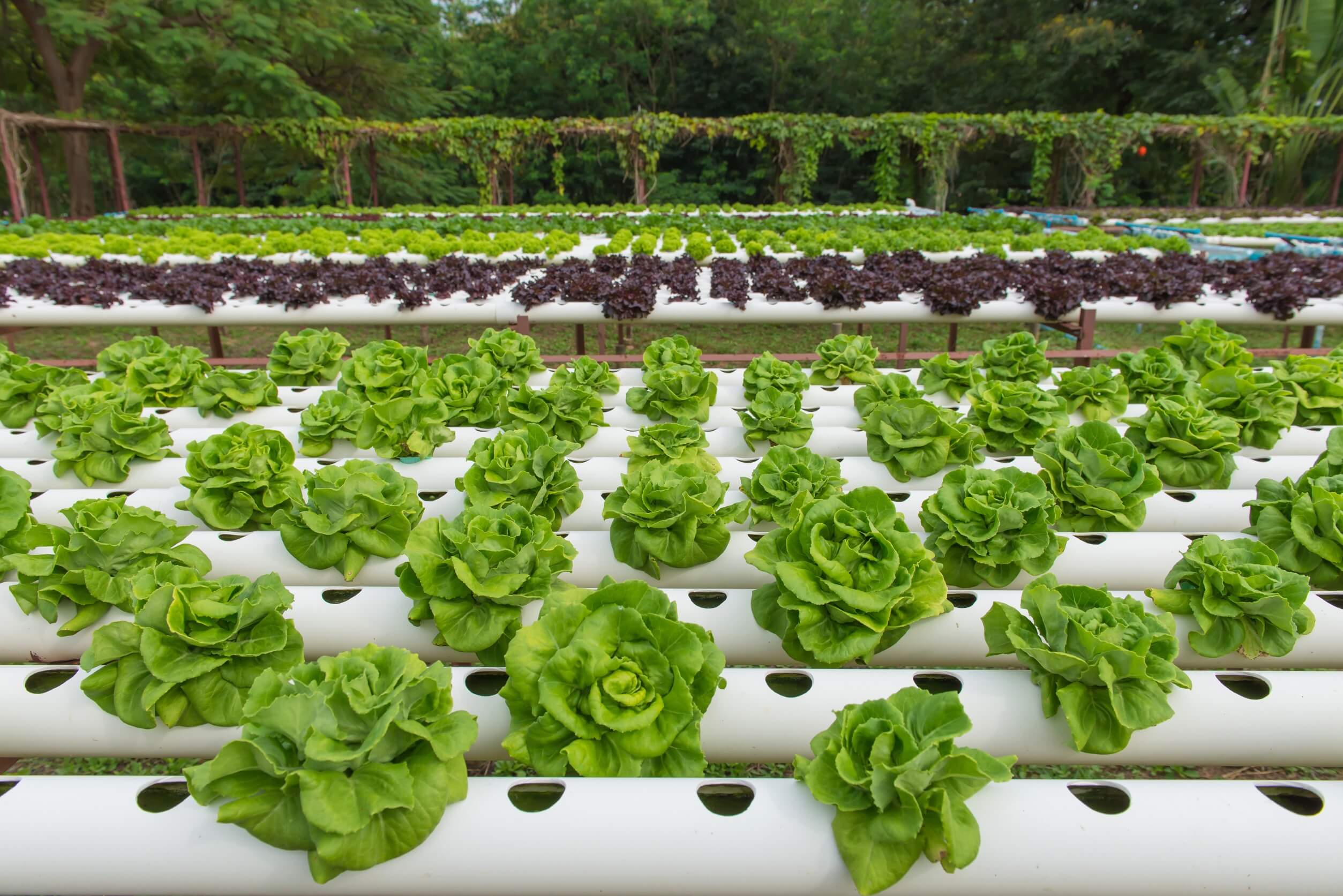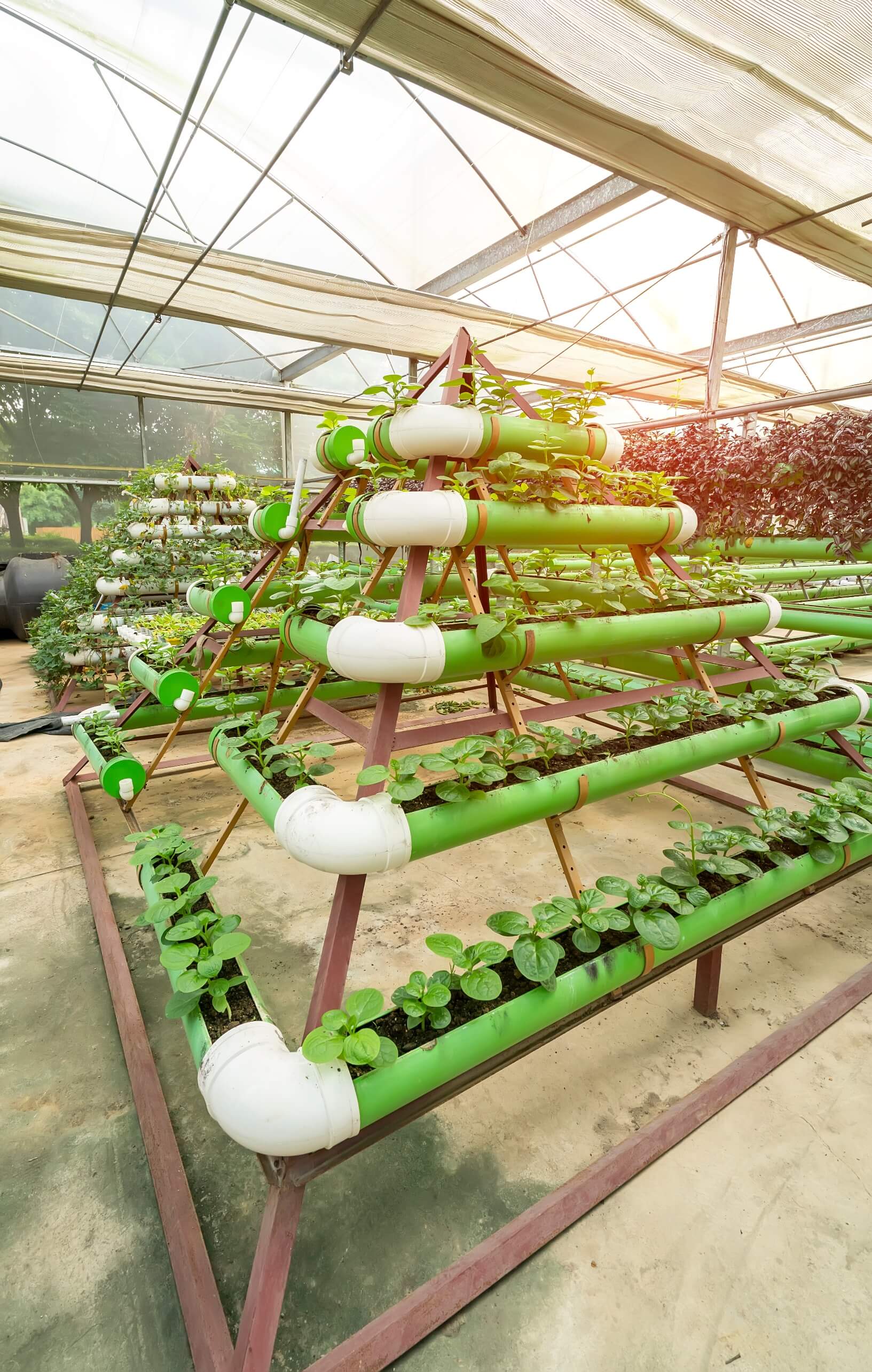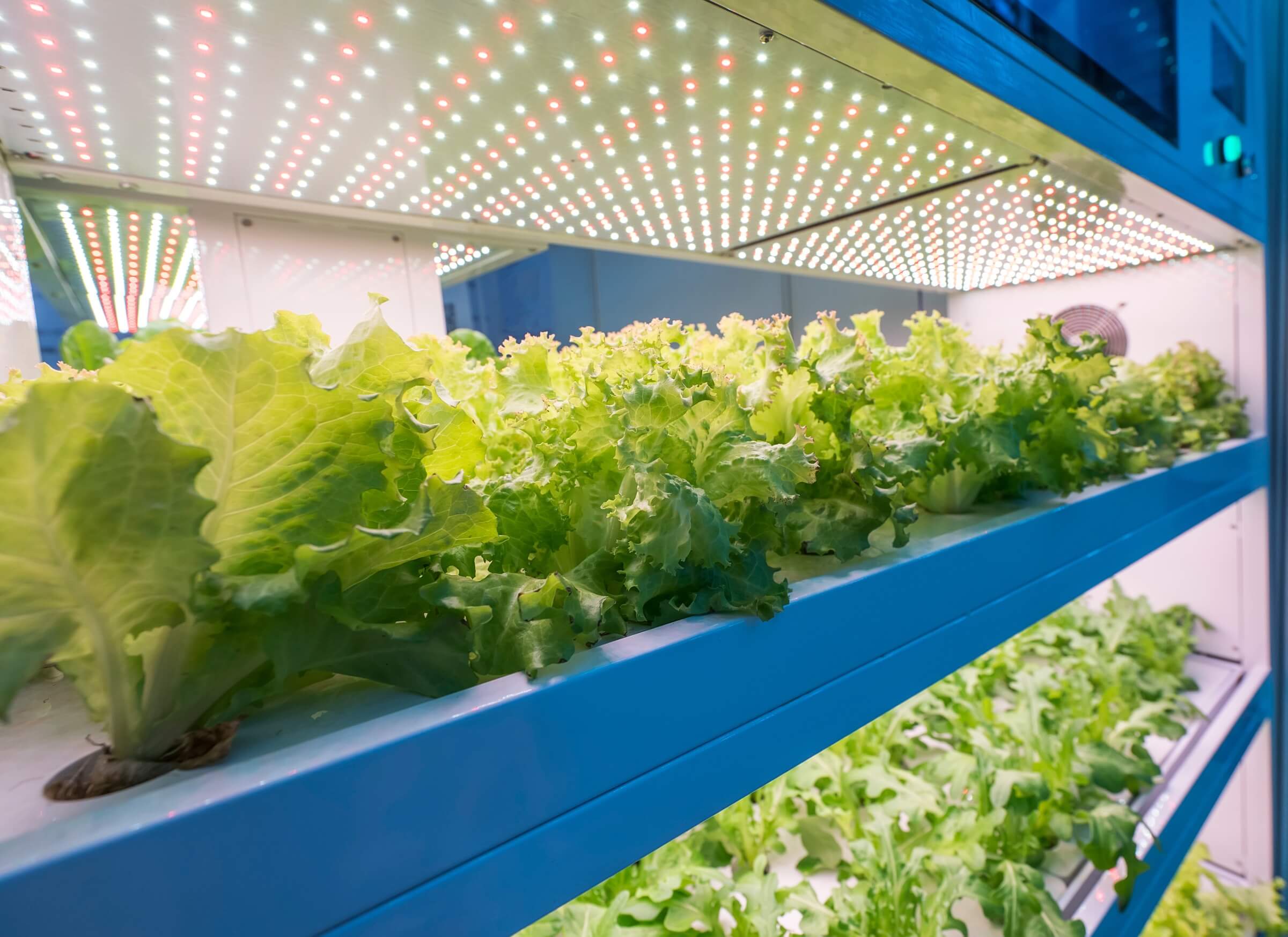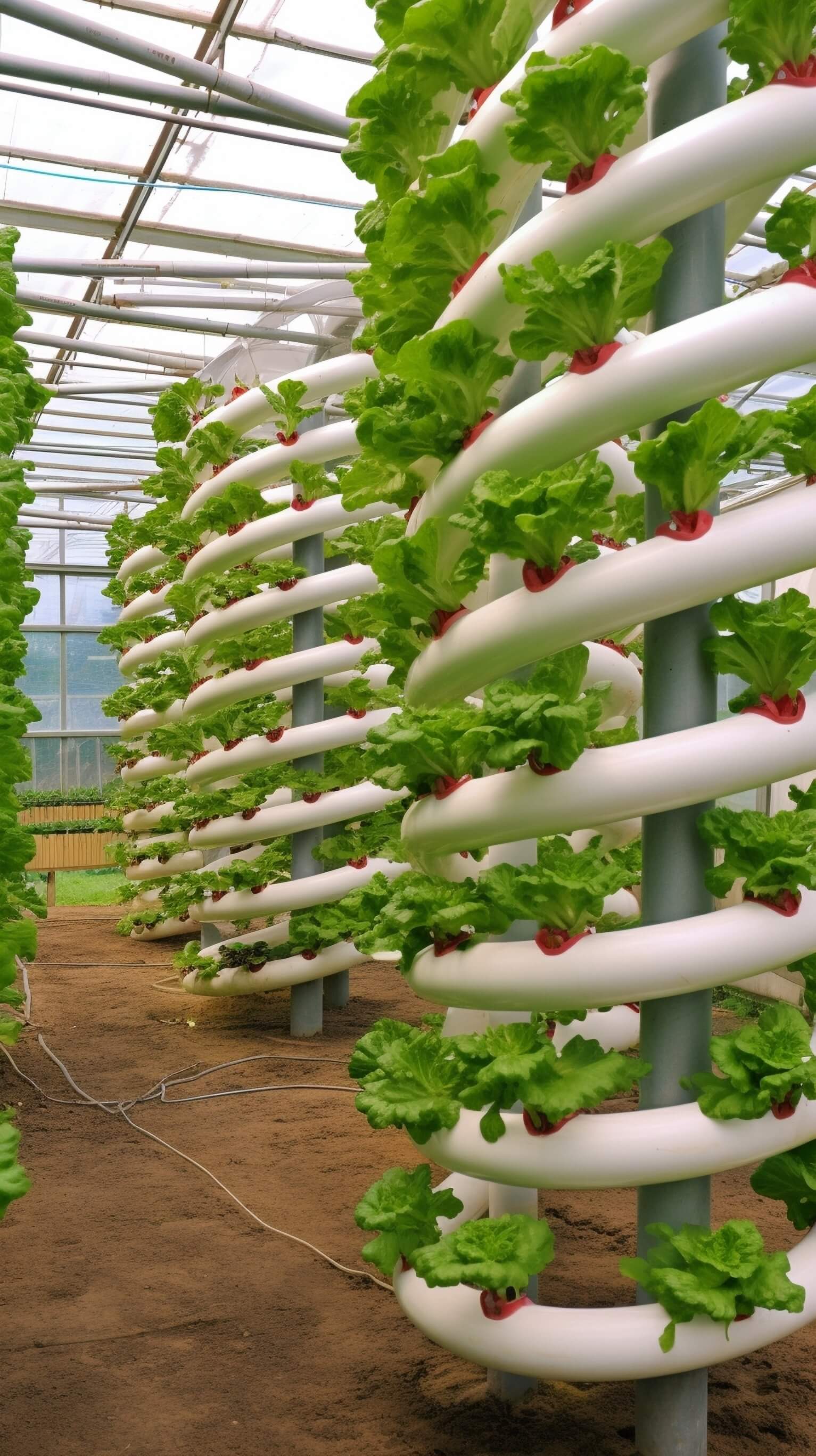Hydroponic Gardening - An Overview
Looking to bring a bit of nature into your apartment? Or perhaps you have a smaller home with a limited backyard within which to create your garden oasis? Well then maybe hydroponic gardening is the answer you have been looking for?
With hydroponics, you can bring Eden right into your flat. Hydroponic gardening, in its essence, is when plants grow without soil. Instead, they prefer a water-based, nutrient-rich solution. A revolutionary approach perhaps? Not really, it has been in existence for decades.

Is Hydroponic Gardening Beginner Friendly?
Hydroponic gardening for beginners can be easy! All you need is a simple water pump system (sometimes and air bubbler as well), water, nutrients, light, and of course, your favorite seeds. You don't need a degree in botany or a garden the size of Central Park. Plus, it's a fantastic way to nurture your green thumb without worrying about potting soil, fertilizers, or pest-control products.
You may be wondering why you might want to try hydroponic gardening? Here's the scoop! Hydroponics facilitates faster growth and eliminates soil-borne diseases and pests. You can say "Ta-ta" to weeds and weeding. Plus, it saves space. So if that appeals to you, then by all means read-on!
How Does a Hydroponic Gardening System Work?

A hydroponic gardening system comprises the elements of a growing medium (no, not the psychic kind), nutrient solution, light, and a setup that holds it all together. The cheapest and simplest starting point is a Deep Water Culture (DWC) system, where plant roots dangle directly in water filled with nutrients. Of course, if you fancy a challenge and have a few extra pennies to spare, you could consider more complex systems like NFT (Nutrient Film Technique) or Ebb and Flow.
Choosing a growing medium is a necessary first step. The growing medium acts as the surrogate (stand-in) soil. 'Soil-less' mediums like coconut coir, perlite, or rockwool can be dandy starters for first timers.
Nutrient solutions play second fiddle to nothing in hydroponics. Because our plant buddies can't rummage through soil for sustenance, we need to serve it to them on a silver platter. There’s a smorgasbord of ready-to-use nutrient solutions in the market, both organic and manufactured. You can even get to the point where you can create your own wizard concoction if your heart desires.

Lights, please! In hydroponic gardening, light isn't just about illumination - it's about helping our photosynthesising friends survive and thrive. If you do not have enough natural light in your preferred growing location, you will need to add lights as an important part of your budding natural oasis. Depending on your budget and the type of plants you're growing, you can choose from incandescent, fluorescent, or LED lights. LED being the most energy efficient, and not surprisingly the most initial outlay of cash to purchase.
Finally, the glue that holds it all together – a hydroponic setup. DIY aficionados, get set to put your ‘upcycle’ mode on! You could use PVC pipes, old containers, or even fish tank for this purpose. Because really, who said being a botanist can't be budget-friendly and eco-chic?
Pros and Cons of Hydroponic Gardening?
Alright, let's root for roots! One of the great perquisites of hydroponic gardening is watching roots grow and develop. In soil gardening, unless you have X-ray vision, you won't get to see that. The satisfaction of watching roots branching out in their chilly nutrient bath – priceless! Well ok, that might be a stretch, but it is still interesting.
Hydroponic gardening isn’t a "set it and forget it" kind of hobby. It demands Care - With a capital 'C'. Regular checking of pH levels, ensuring the right light duration, changing nutrient solutions - these tasks might feel a tad tedious. But, just think of it as sending your plant-kids to Ivy-league schools. Compared to the time people likely spend on social media or streaming, it is a drop in the hydroponic bucket really.

Opportunities for growth in hydroponic gardening are as limitless as in traditional gardening. Everything from leafy greens, strawberries, tomatoes, to some ornamental plants and herbs can be grown. A sprig of fresh basil in your home-made pasta, perhaps? How about harvesting 365 days a year? No waiting for the right season or weather. Plus, your herb garden will be just a few steps away from your kitchen. Freshness overload!
Scared that hydroponics might drain your wallet? There's no need to invest in a high-end apparatus right off the bat. You can kick-start your hydroponic gardening journey by growing a simple herb garden in a mason jar right on your kitchen window, or trying other “Kratky” methods.
Don't forget, hydroponic gardening is all about learning through trial and error - no different than regular gardening really. You'll make mistakes - overwatering, inadequate lighting, wrong nutrient ratios. That’s okay - it will be a learning curve steeper than a roller-coaster drop, but ultimately, worth every bead of sweat you might shed.
The beauty of hydroponics lies not only in its efficiency but also its scalability. Today, you might be growing cherry tomatoes in a tiny jar. Tomorrow, it might be cucumbers sprawling across your living space. Hydroponics empowers you to turn every inch of your tiny apartment into a thriving, green oasis.
In a nutshell, hydroponics is soil-less gardening taken to a new level. It swaps soil for water, elbow-grease for pH strips, and gardening boots for lab gloves. It's not just about growing plants, it’s about growing with them.
Further Exploration of Hydroponic Gardening:
Whether you are a neophyte or a seasoned gardener, it won't take long before you find yourself “bucket-deep” in this fascinating way of growing. If you have limited space, and soil is not practical to use in large quantities where you live, this may be an excellent way to create your own garden retreat in the place you call home.
So put on that green thumb and dive into the magical world of hydroponic gardening!
Visit the links below to further pages on this website to really "soak" your "soil" with information!
Hydroponic Systems
Where do you beginners start with hydroponic gardens?
I would recommend you start by exploring how hydroponics works, and the different types of hydroponic systems to see which types suit your individual interest or home:
1. Overview of the different types of Home Hydroponic Gardening Systems - see which ones work best for you.
Hydroponic Vegetables and Fruits
After you decide what hydroponic system might work best for you, the next decision is what to grow? These pages might help you along in your journey:
1. What are the Best Vegetables For Hydroponics? While you can grow almost any vegetable hydroponically, we focus on the best ones for beginners with space limitations.
2. There is no better fruit to grow than Strawberries In Hydroponics, and the Kratky method is an easy way for beginners.
Kratky Hydroponics
Interested in one of the more beginner friendly hydroponic systems? The Kratky method of hydroponics might be just up your alley, visit the following links:
1. What is Kratky Hydroponics? Discover how it came about, what it is exactly, and how it differs from the main hydroponic garden systems.
2. Delve in to the Kratky Method Of Hydroponics to find our what you need to start this type of garden system, and a detailed description of how to go about it.
3. Easy as pie! Mason Jar Hydroponics is the most beginner friendly hydroponics going. Fresh herbs and maintenance free is the way to be.
HOME > Hydroponic Gardening (This Page)